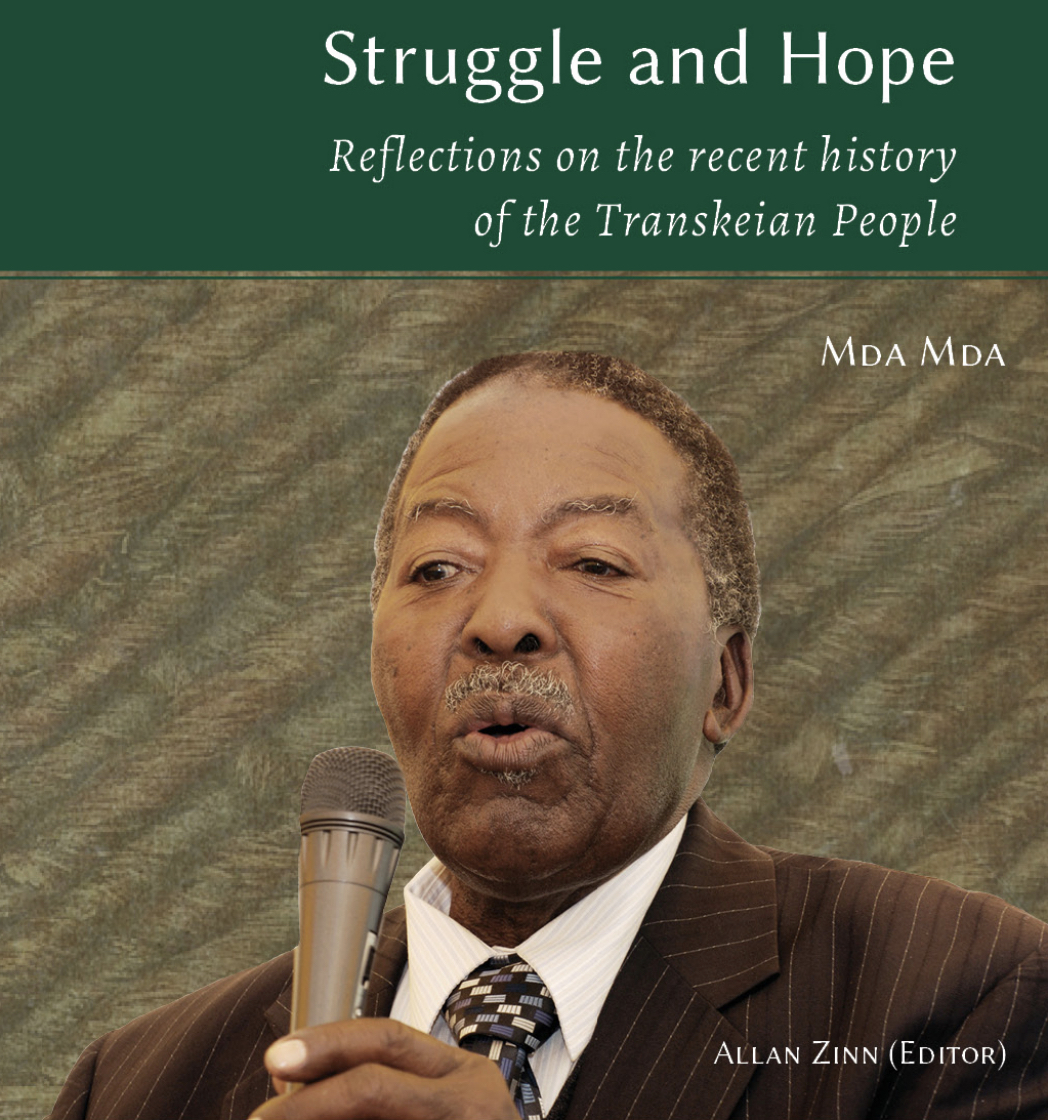Last updated on 05/12/2019
“This is a work of non-fiction,” reads the author’s note. “I have rendered the events faithfully and truthfully as I recall them or have experienced them or as they were related to me by those who personally witnessed them. Circumstances and conversations depicted in this memoir come from my keen recollection of them and they are told in a way that attempts to evoke the feeling and meaning of what happened and what was said.”
The Transkei was peopled by several “nations” who by-and-large had not engaged the invaders/colonisers in the fight in defence of the fatherland.
It was the indomitable Xhosa warriors who had salvaged African pride and honour with their dogged resistance against heavy odds. That they were able to accomplish so much while having to fend off back-stabbing by amaMfengu is amazing. Unluckily, until the end, amaMfengu were caught on the wrong side of history. (However, I want to believe that the day is still coming when they will make amends.)
AbaThembu did not distinguish themselves during this period either and, in fact, have very little to be proud of. They had even come to be regarded to be as pliant as amaMfengu and placed in the category of “good and dependable Natives”. However, during resistance to apartheid, abaThembu were to shine and take on a new profile. If they produced the chief villain in Kaiser Daliwonga (“K.D.”) Matanzima, they also scored with the king hero, Sabata Dalindyebo and countless numbers of unnamed heroines and heroes.
There were also the amaMpondo, who hitherto had had an ambiguous record. Beneath their youthful and carefree exterior, the amaMpondo concealed a depth of sagacity and hardiness. Their readiness to play the fool hid their true strength and worldly wisdom. While the Thembu resistance was a long and drawn out affair, the Mpondo peasant revolt was a giant wave and irresistible, like a tsunami. It was also a heady and thrilling experience and did much to raise their reputation. Although it was short-lived, its results were not. Things could never be the same as before.
The ascendancy of rabid Afrikaner nationalism and its neo-Nazi apartheid policywas the harbinger of strife and turmoil in the country. We (the political activists imbued with the ideas of the Unity Movement) were already in the field and had cut our political teeth by siding with the peasants in their opposition to unpopular measures such as the Rehabilitation Scheme of 1944, about which Lungisile Ntsebeza has the following to say:
As early as the 1920s, the effects of overcrowding and overstocking arising out of restricting [B]lack Africans to Reserves totaling less than ten percent of the South African land surface were beginning to manifest themselves. This was mainly in the form of soil erosion.
And so, to solve the problem, the government did not move to increase the allocation of land to the reserves, but instead introduced its Betterment or Rehabilitation policy, which involved “fencing, resettlements and stock limitation”.
The infamous Rehabilitation Scheme was central in precipitating the mass protests which engulfed South Africa in the middle years of the last century. We, the young activists, belonged to the Transkei Voters’ Association, Cape African Teachers’ Association (CATA) and the Transkei Organised Bodies – all affiliated to the African Convention. This brought us under the NEUM, with its Ten Point Programme as the basic minimum acceptable set of demands in the fight for full citizenship rights, and a new South African nation, free of any discrimination on the grounds of race, religion, colour, creed or sex. (The Unity Movement was the first organisation to formulate a coherent programme of political demands – its Ten Point Programme, which demands full political rights for all, and which also calls for a fundamental resolution to the problem of the grossly inequitable land ownership and usage rights in South Africa.)
Hitherto, educated Africans deferred to and relied on White political leadership.
It was the likes of Mrs Margaret Ballinger, Advocate D.B. Molteno, Senator Edgar Brookes and Hyman Basner who held sway. As youth, we were rebels. We were attracted by the radical and uncompromising stand of the Unity Movement, for full equality and rejection of White Supremacy. Political leaders in the Transkei, on the other hand, were members of the Natives Representative Council and also seniors in the Bhunga, the United Transkeian Territories General Council (UTTGC). The big names were Mr C.K. Sakwe, Mr Elijah Qamata, Mr Saul Mabhude, Mr W.W. Dana and other Bhunga stalwarts.
While the elders admired our indefatigable zeal and earnestness, they decried whatthey perceived to be our impetuosity, inexperience, foolhardiness and extremism. It was the rural folk, the peasants and the uneducated (the Reds) who found our views in harmony with theirs. It was to be an ongoing battle for turf as we tried to align Transkei residents with the policy of the Unity Movement. The boycott weapon and the policy of non-collaboration were useful tools in our armoury. This found ready acceptance from the peasants.
Edited by Alan Zinn
Published by AFRICAN SUN MeDIA under the RAP imprint
